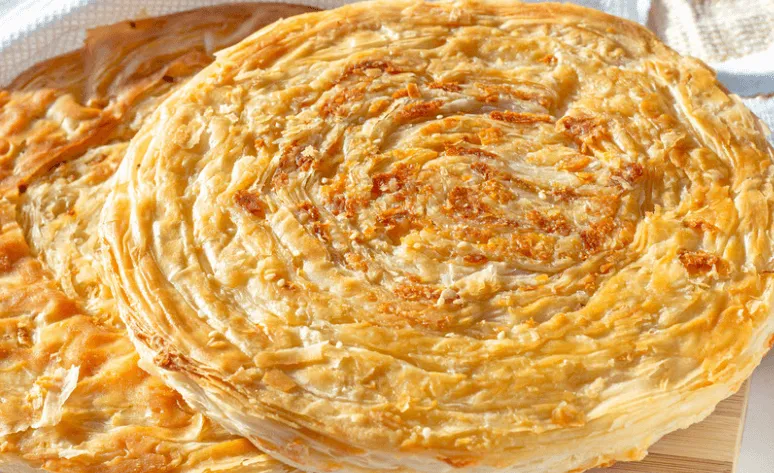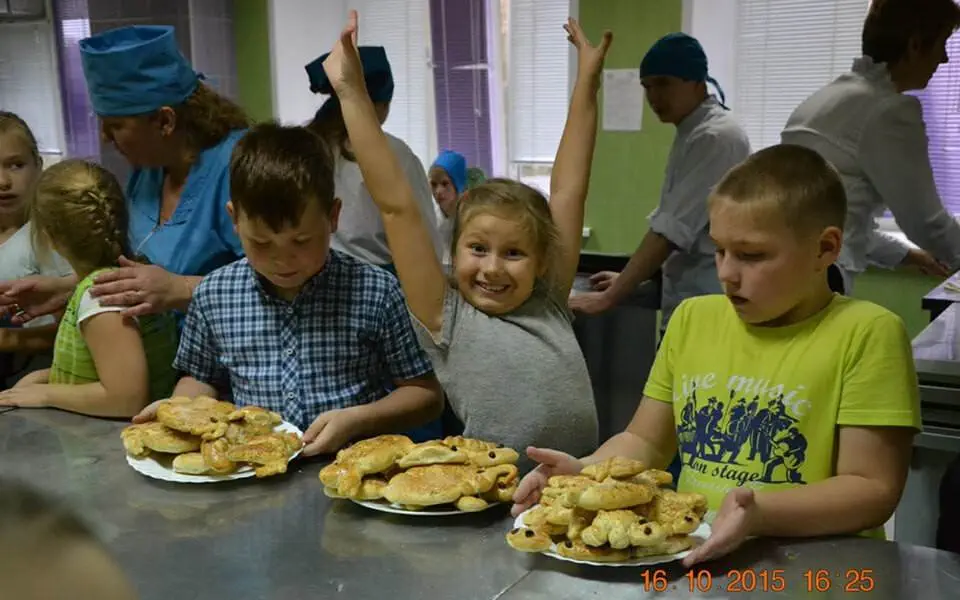See below for recipe
The use of bread in Azerbaijan has an ancient history. For millennia, bread has held a special place in the daily life and spiritual values of the Azerbaijani people. Archaeological and ethnographic studies indicate that the tradition of bread-making in Azerbaijan dates back to the earliest hearths — where ash-baked bread (küllü kömbə), known among the people as “mill bread,” was baked under hot ashes and embers — and has evolved through centuries into the modern bakery production of today.
Among the settled agricultural population, tandoor-baked breads were predominant; among the nomadic herders, flatbreads cooked on a griddle (saj breads) were common; and among urban dwellers, oven-baked breads such as səngək, xərək, and fırın breads were most typical. Each bread type developed in harmony with the social, climatic, and household conditions of its environment.
The remarkable variety of Azerbaijani breads demonstrates the nation’s deep knowledge, skill, and craftsmanship in this field. Traditional varieties include tandoor bread, yuxa, lavash, fatir, səngək, xamralı, bozdamac, fəsəli, sweet kömbə, ash-baked kömbə, bişi, cad, külçə, zeyrən bread, bəyim bread, milk bread, çırpma, tapı, dastana (köməc), saj kömbə, kətə, bəysumat, somun, yağlı kal, xərək bread, mill fatir, cır bread, qatdama, naqqaş bread, festival bread, walnut bread, rose-shaped bread, qəlit, and many others.
This diversity reflects not only culinary artistry but also cultural identity and social tradition. Bread in Azerbaijani culture symbolizes abundance and sacredness; it is always the first item placed on the table and the last to be removed. Serving fresh bread at the table has long been a mark of hospitality in Azerbaijani households.
Thus, the traditions of bread-making and the customs associated with it have developed over many centuries and continue to be an integral part of Azerbaijan’s national cuisine and cultural heritage.
Fatir – Recipe
Adapted by ORKHAN MUKHTAROV
Ingredients
- 800 g Wheat flour
- 100 g Butter
- 140 g powdered sugar
- 200 ml Heart
- 8 q Maya
- 8 q Salt
Instructions
- A stiff dough is prepared from flour, oil, milk, powdered sugar, salt, and yeast. The yeast is first mixed with a small amount of powdered sugar to activate it. The flour is sifted onto a board or plate, then warm milk, melted butter or lard, powdered sugar, a pinch of salt, and the prepared yeast are added.
- If desired, coriander seeds or other aromatic spices may be incorporated to enhance the flavor of the fatira. The dough is then covered with a clean cloth and left to ferment. After about 30–40 minutes, it is divided into portions and rolled into logs. The logs are covered again and left to rest for a short time.
- Each piece is then rolled out with a rolling pin to a thickness of 1–1.5 cm. Traditionally, fatira is cooked on a metal griddle (sac) and fried until golden on both sides. At home, it can also be brushed with egg yolk (sometimes mixed with milk or clarified butter), placed in a baking pan, and baked in the oven at 180°C until golden brown.
For more recipes, visit www.worldchefs.org/news.














